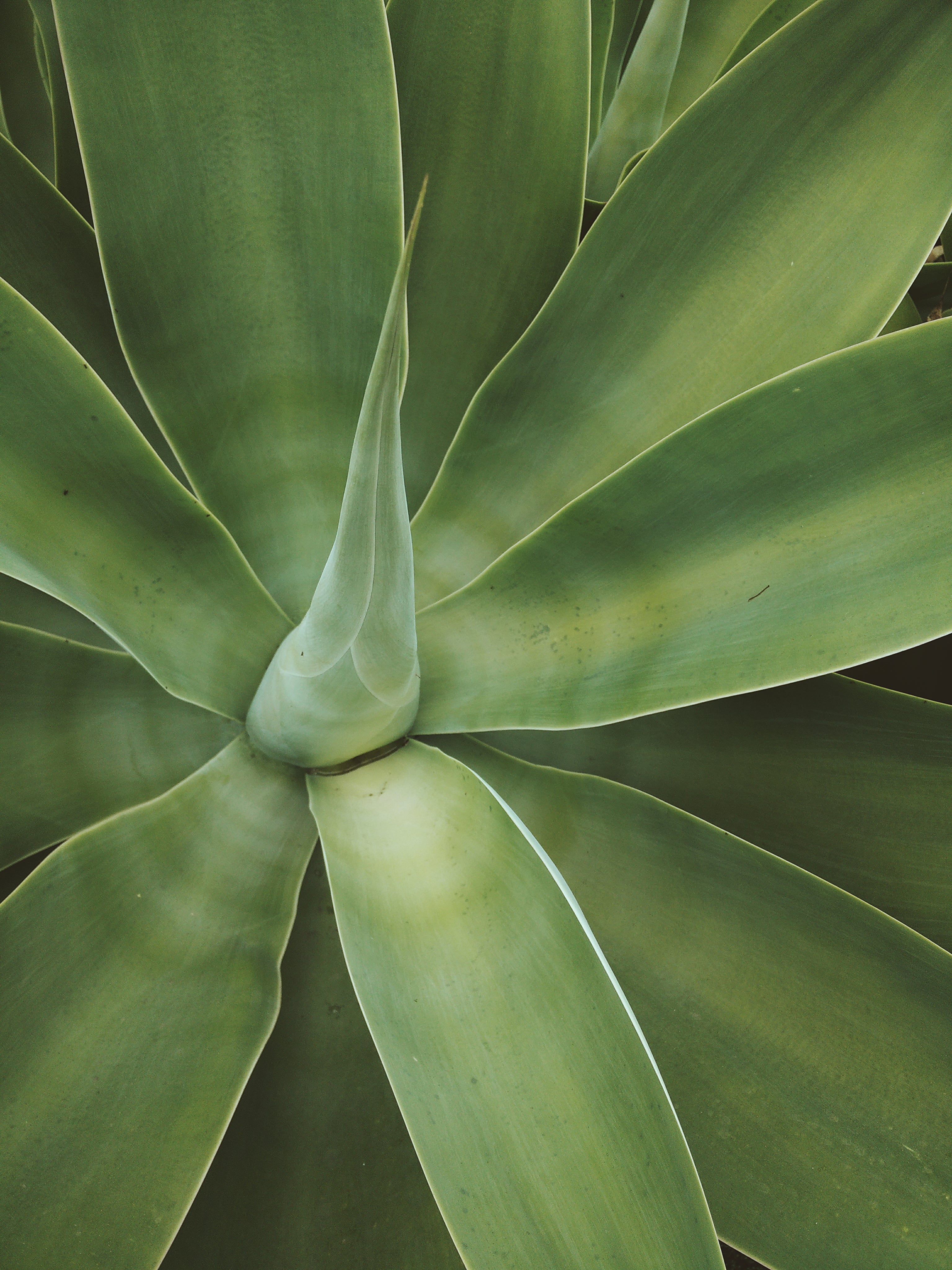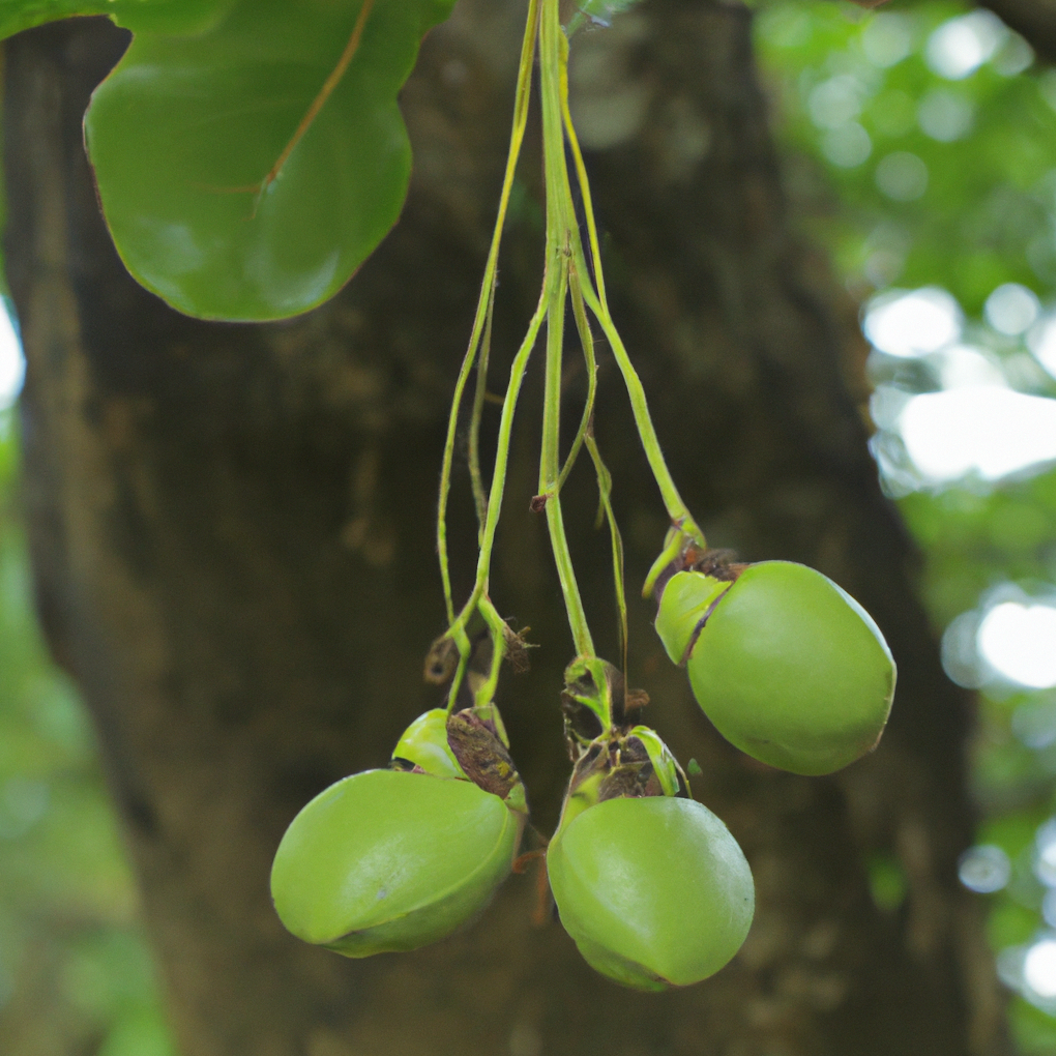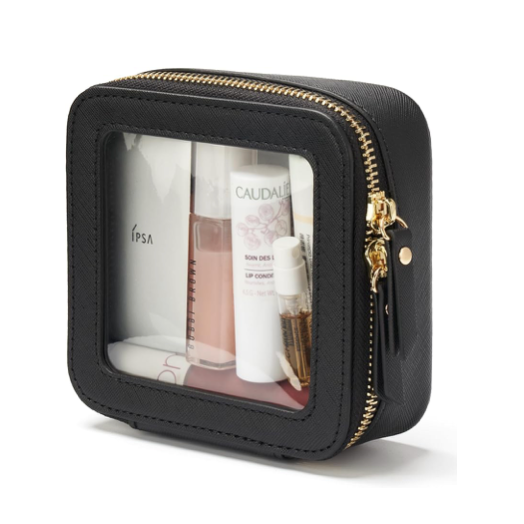The new hero oil in skincare’s natural revolution. In the crowded world of botanical oils, few ingredients have generated as much quiet buzz among skincare formulators as cacay nut oil. Known as nature’s retinol alternative, this lightweight, non-greasy oil is extracted from the nuts of the cacay tree (Caryodendron orinocense), native to the Amazon and Orinoco basins of South America. It has gained a loyal following for its rich vitamin content, fast absorption, and anti-aging benefits—without the irritation associated with synthetic alternatives.
If you're just discovering cacay nut face oil or wondering how it stacks up against other oils like rosehip, argan, or even retinol, this deep dive will help you understand why it’s becoming a skincare staple.
What is Cacay Nut Oil?
Cacay nut oil is a cold-pressed oil derived from the nuts of the cacay tree, a wild tree that grows in Colombia, Venezuela, and parts of Brazil. Locally known as “Inchi” or “Orinoco nut,” cacay trees have historically been underutilized—but in the last decade, sustainable harvesting practices have brought this plant into the spotlight.
The oil is prized for its:
-
High linoleic acid content (up to 68%)
-
Naturally occurring vitamin E (tocopherol)
-
Exceptionally high levels of retinol (vitamin A)
-
Fast-absorbing, dry oil texture
Cacay oil is non-comedogenic, making it suitable for nearly all skin types—including sensitive and acne-prone skin.
Nutritional Profile: Why Cacay Oil is Considered a Super Oil
One of the reasons cacay oil has risen in popularity is due to its unique nutrient composition. Let’s break down the key actives:
1. Retinol (Vitamin A)
Cacay oil contains three times more natural retinol than rosehip oil, making it a powerful botanical for skin renewal, fine lines, and uneven texture. Retinol is known to speed up cell turnover, helping reduce the appearance of wrinkles and sun damage.
-
Study: A clinical comparison found that cacay oil significantly improved skin hydration and elasticity in women over 40 after four weeks of application, similar to the effects of synthetic retinol—but without the dryness or peeling (Trevino et al., 2017).
2. Linoleic Acid (Omega-6 Fatty Acid)
Linoleic acid is an essential fatty acid that helps reinforce the skin’s barrier, retain moisture, and reduce inflammation. Skin deficient in linoleic acid is often more prone to acne, dryness, and irritation.
-
Cacay oil’s linoleic acid content is higher than that of argan or marula oil, making it excellent for hydration and skin resilience (Uppal et al., 2021).
3. Vitamin E (Tocopherol)
Vitamin E is a potent antioxidant that neutralizes free radicals, reduces UV damage, and supports wound healing. Combined with vitamin A, it helps protect the skin from premature aging.
Skin Benefits of Cacay Oil
1. Anti-Aging and Fine Line Reduction
Thanks to its naturally high retinol content, cacay oil helps to boost collagen production and accelerate cell turnover. Over time, this can reduce the appearance of fine lines, wrinkles, and rough texture—without the sensitivity associated with prescription retinoids.
-
A 2017 clinical study reported a 45% improvement in skin firmness and a 39% reduction in wrinkle depth after using cacay oil for four weeks (Trevino et al., 2017).
2. Brightening and Skin Tone Evening
Retinol and vitamin E both promote a brighter, more even complexion. Users often report reduced hyperpigmentation and dullness after consistent use.
3. Hydration and Barrier Repair
Cacay’s high linoleic acid levels make it an excellent hydrator for dry or sensitive skin. It strengthens the lipid barrier, preventing moisture loss and improving suppleness.
4. Non-Irritating for Sensitive and Acne-Prone Skin
Unlike synthetic retinol, cacay oil doesn't cause redness, flaking, or purging. Its anti-inflammatory properties also make it suitable for breakout-prone skin.
How to Use Cacay Nut Face Oil
Cacay oil can be used on its own or blended with other actives in your skincare routine. Here’s how to incorporate it:
-
Step 1: Cleanse and tone your skin.
-
Step 2: Apply a water-based serum (like hyaluronic acid or niacinamide).
-
Step 3: Massage 2–4 drops of cacay oil into damp skin.
-
Step 4: Follow with moisturizer if needed. (or use as moisturizer)
Best time to use: Nighttime, as vitamin A compounds work best overnight and may increase sensitivity to sunlight.
Pro tip: You can layer cacay oil over retinol serums to buffer irritation or use it as a gentle standalone retinol alternative.
Cacay Oil vs. Other Popular Face Oils
| Oil | Vitamin A (Retinol) | Vitamin E | Linoleic Acid | Texture | Skin Type |
|---|---|---|---|---|---|
| Cacay | Very high | High | ~68% | Lightweight | All types |
| Rosehip | Moderate | Moderate | ~45% | Light | Dull, aging skin |
| Argan | Low | High | ~35% | Rich | Dry, mature skin |
| Marula | Trace | Moderate | ~9% | Silky | Dry or combo skin |
| Jojoba | None | Moderate | ~5% | Waxy | Sensitive, acne-prone |
Cacay oil stands out as the most retinol-rich natural oil available today, making it an ideal alternative for those who can't tolerate synthetic retinoids.
Is Cacay Oil Sustainable?
Yes—perhaps one of its most compelling advantages. The cacay tree is fast-growing and resilient, often planted in deforested areas as part of reforestation and agroforestry programs in Colombia.
-
Sourcing note: Ethical cacay oil production supports indigenous communities and promotes biodiversity. Brands like KYOMI are known for sustainable sourcing.
Potential Side Effects or Precautions
Cacay oil is generally well-tolerated. However, as with any product:
-
Always patch test before use.
-
If you’re using other retinoids or actives (AHAs, BHAs), start slow to prevent over-exfoliation.
-
Store in a cool, dark place to preserve freshness.
Who Should Use Cacay Nut Oil?
Cacay oil is suitable for:
-
Those seeking a natural retinol alternative
-
Individuals with sensitive or dry skin
-
People looking to reduce fine lines, dark spots, or dullness
-
Acne-prone users needing anti-inflammatory support
-
Clean beauty advocates or minimalist routines
Whether you're 25 and thinking about prevention or 50 and focused on firming and repair, cacay oil meets your skin where it is.
What to Look for When Buying Cacay Oil
To ensure you're getting a high-quality, effective product:
-
Cold-pressed and unrefined
-
Single-ingredient oil with no fillers
-
Packaged in amber or dark glass to protect actives from light
-
Sustainably sourced from a reputable brand
Final Thoughts: Why Cacay Nut Oil Deserves a Place in Your Routine
In a market saturated with trending oils, cacay nut oil earns its place through performance and purity. It delivers clinically-backed results—like firmer, brighter, more hydrated skin—without sacrificing gentleness. For anyone looking to streamline their routine with one multitasking product, this Amazonian gem offers a powerful, plant-based answer.
Whether you’re a skincare minimalist or a serum-layering maximalist, cacay oil adapts beautifully, earning its title as a future staple in both clean beauty and anti-aging skincare.
See the Organic Face Oil Collection →
Citations & Sources
-
Trevino, M. et al. (2017). Evaluation of the Anti-Aging Effects of Caryodendron orinocense Oil on Human Skin. Clinical Dermatology Review.
-
Uppal, P., & Friedmann, P. (2021). Plant Oils in Dermatology: A Review of Clinical Efficacy and Composition. Journal of Cosmetic Dermatology.
-
Akram, M. et al. (2019). Vitamin A: A Review on Its Role in Skin Health and Dermatologic Disorders. Dermatology Practical & Conceptual.
-
Kahai™ Oil Official Website. Sustainable Sourcing & Environmental Initiatives.
-
Tanaka, R. et al. (2020). The Role of Essential Fatty Acids in the Epidermal Barrier Function. Journal of Investigative Dermatology Symposium Proceedings.












